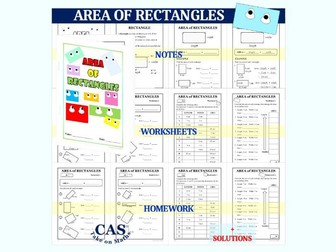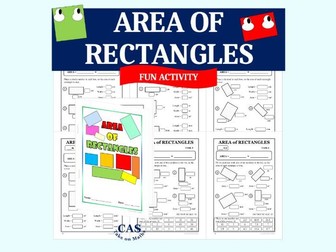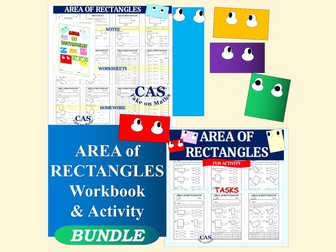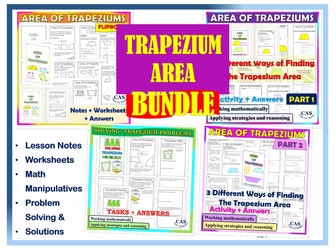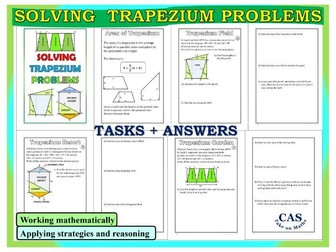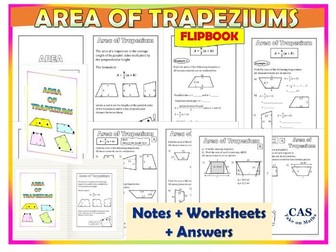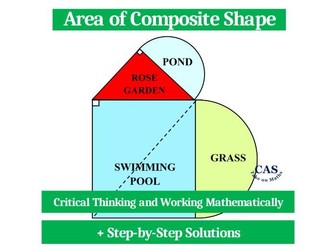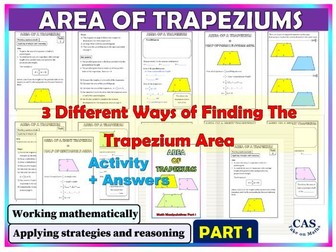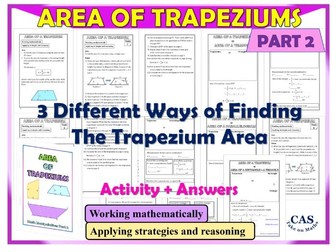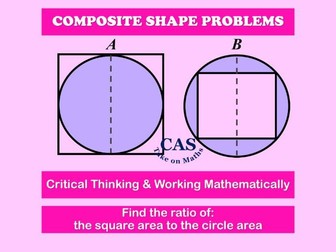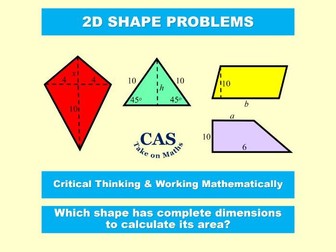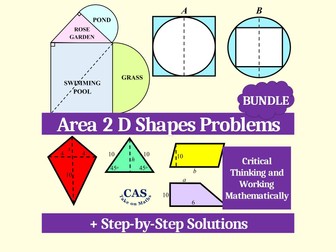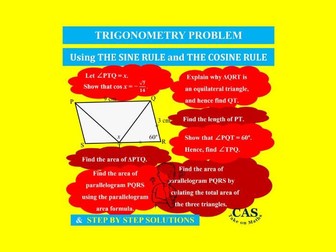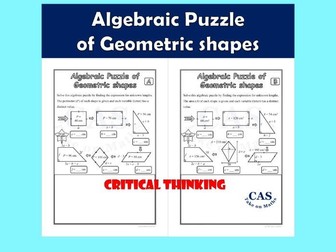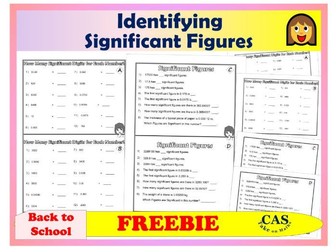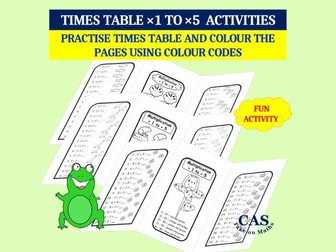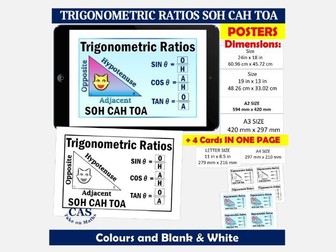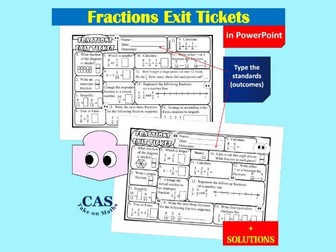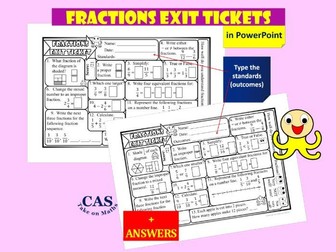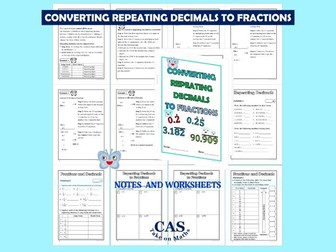Area of Rectangles Workbook
AREA OF RECTANGLES WORKBOOK
Notes, worksheets and homework to practise area of rectangles in a variety of length units (metric system).
The workbook is in 2 styles.
Style 1: Cover, fill in the blank notes, worksheets and homework.
Style 2: Cover, completed (filled) notes, worksheets and homework.
Total pages in each workbook: 14
Easy classroom preparation: Just print and staple all pages together.
Also included:
• Teacher notes for whiteboards and transparencies
• Answer keys
Grades: 3rd to 6th
Learning Outcomes:
Explain that the area of a rectangle can be found by multiplying the length by the width.
Calculate the areas of rectangles using familiar metric units.
Establish the relationship between the lengths, widths and areas of rectangles.
Also comply with Australian Curriculum:
Calculate the areas of rectangles using familiar metric units (ACMMG109)
More Resources:
Colouring Pages
Fun Activity
Topics:
Numbers
Times Table
Fractions
Decimals
Percentages
Significant Figures
Consumer Maths
Financial Maths
Algebra
Pythagoras Theorem
Measurement and Geometry
Area
Functions
Visit my shop :)
